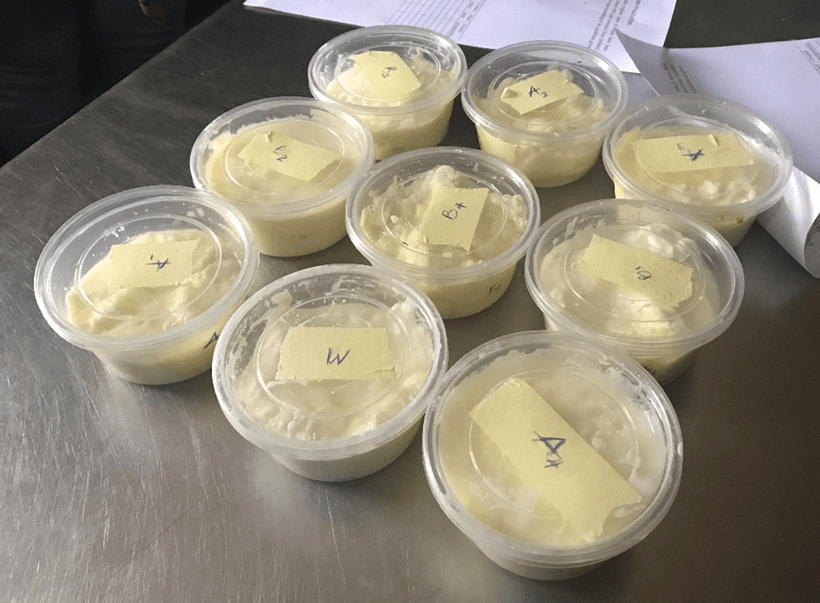Healthy eating: Making a case for short-set method in yogurt production
- From
-
Published on
28.02.22

Yogurt, one of the dairy products from commercially domesticated mammals, is regarded as a nutritionally balanced food, containing all the nutrients in milk, and is readily available in its take-in form. Yogurt has therapeutic properties and is an excellent source of highly nutritious protein, energy, milk fat, unfermented lactose, and vitamins.
Yogurt is made with various ingredients, including milk, proteins, fats, sugars, emulsifiers, stabilizers, fruits, flavors, and bacterial cultures. The type and culture used for production are important factors in determining yogurt’s microstructure and textural properties. The product is made using a yogurt mix formulation, pasteurization and homogenization, fermentation, and packaging. Also, it is characterized by a firm jelly-like texture. Hence, it can be produced either as short-set or long-set yogurt.
Stabilizers and thickeners used to produce yogurt prevent the separation of ingredients, increase the viscosity, and inhibit the formation of large crystals, making it acceptable to consumers. Examples include corn starch, gelatin, gum acacia, agar, carboxyl methyl cellulose (CMC). Likewise, they are essential in manufacturing other dairy products such as milk drinks and ice-creams.
